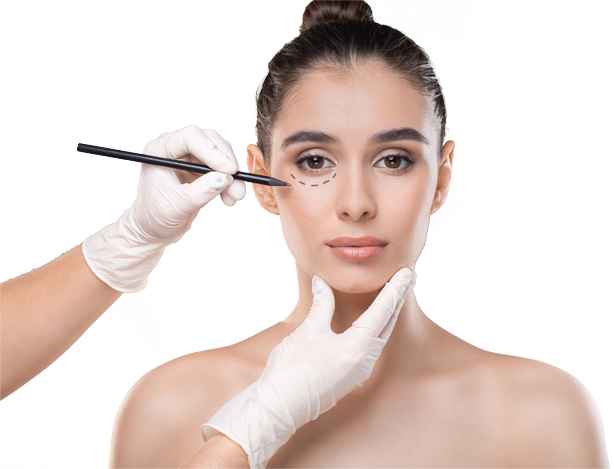PRP for fine lines, Wrinkles & rejuvenation
Most Popular Procedures
PRP (platelet-rich plasma) therapy is a cosmetic procedure that uses the patient’s own blood to rejuvenate and improve the appearance of the skin. The procedure involves drawing a small amount of blood from the patient and processing it to extract the platelet-rich plasma, which is then injected into the skin using a fine needle.
PRP contains growth factors and other substances that can stimulate cell growth and tissue repair, which can help to improve skin texture, tone, and elasticity. It can also help to reduce the appearance of fine lines and wrinkles, as well as other signs of aging.
PRP for fine lines, Wrinkles & rejuvenation
Multiple Treatment Options for fine lines, Wrinkles & rejuvenation
PRP therapy is typically performed in a cosmetic clinic or medical spa and can take anywhere from 30 minutes to an hour, depending on the size of the treatment area. The patient’s blood is first drawn and processed to extract the platelet-rich plasma, which is then injected into the treatment area using a fine needle. The procedure is generally well-tolerated, with minimal discomfort or downtime.
Results of PRP therapy are typically seen gradually over several weeks, as the growth factors and other substances in the plasma stimulate the body’s natural healing processes. The skin may appear smoother, firmer, and more youthful-looking, with a reduction in fine lines, wrinkles, and other signs of aging.
PRP therapy is generally considered safe and effective when performed by a qualified and experienced cosmetic professional. However, it may not be suitable for everyone, especially those with certain medical conditions or bleeding disorders. It’s important to discuss any concerns or questions with a qualified professional before undergoing the procedure.
Faq
Frequently Asked Questions
A: PRP therapy is generally considered safe when performed by a qualified and experienced cosmetic professional. However, like any medical procedure, it does carry some risks and potential side effects, including infection, bleeding, and bruising. It's important to discuss any concerns or questions with a qualified professional before undergoing the procedure.
A: The PRP therapy procedure itself typically takes between 30 minutes to an hour, depending on the size of the treatment area. However, patients should allow for additional time for the initial consultation and any necessary preparations before the procedure.
A: PRP therapy may cause some discomfort, especially during the injection of the plasma. However, most patients report only mild discomfort during the procedure, which can be managed with topical aesthetics or other pain relief methods.
A: The number of PRP therapy sessions needed depends on the individual's skin type and concerns, as well as the desired results. Generally, a series of three to six treatments spaced several weeks apart may be recommended for optimal results. However, this can vary depending on the individual.
A: The recovery time after PRP therapy is minimal, with most patients able to resume normal activities immediately after the procedure. Some redness, swelling, and bruising may occur in the treatment area, but this typically resolves within a few days. Patients should avoid sun exposure and follow any post-treatment instructions provided by their doctor or dermatologist to ensure proper healing.
A: The results of PRP therapy can vary depending on the individual and the treatment area. Generally, results may last for several months to a year or more, depending on factors such as skin type, age, and overall health. Maintenance treatments may be recommended to prolong the results.






